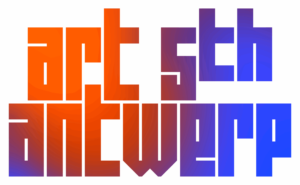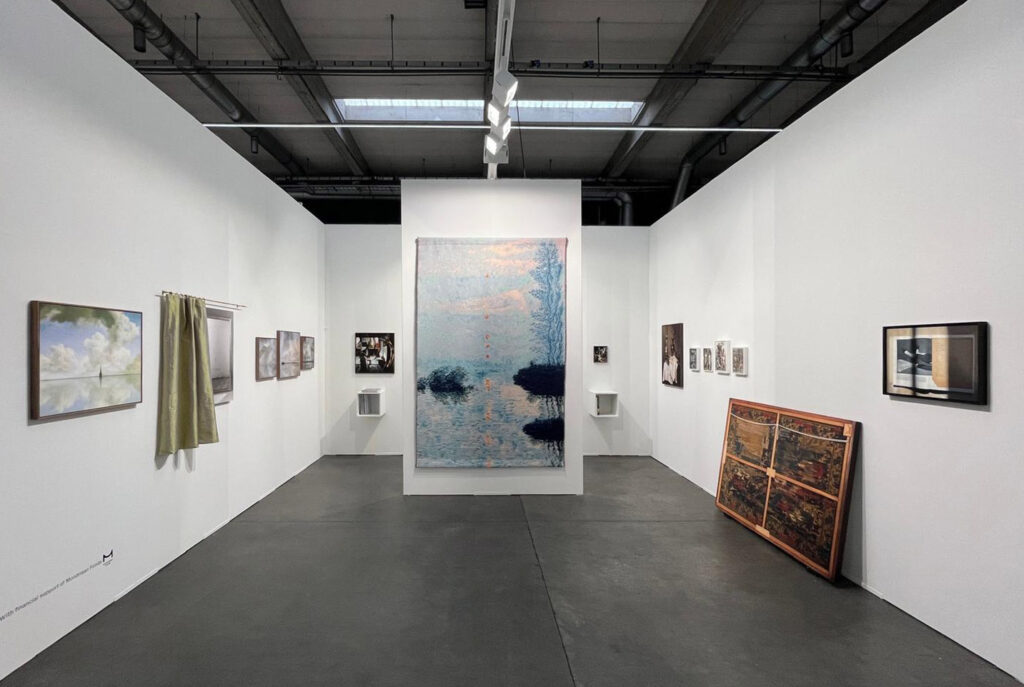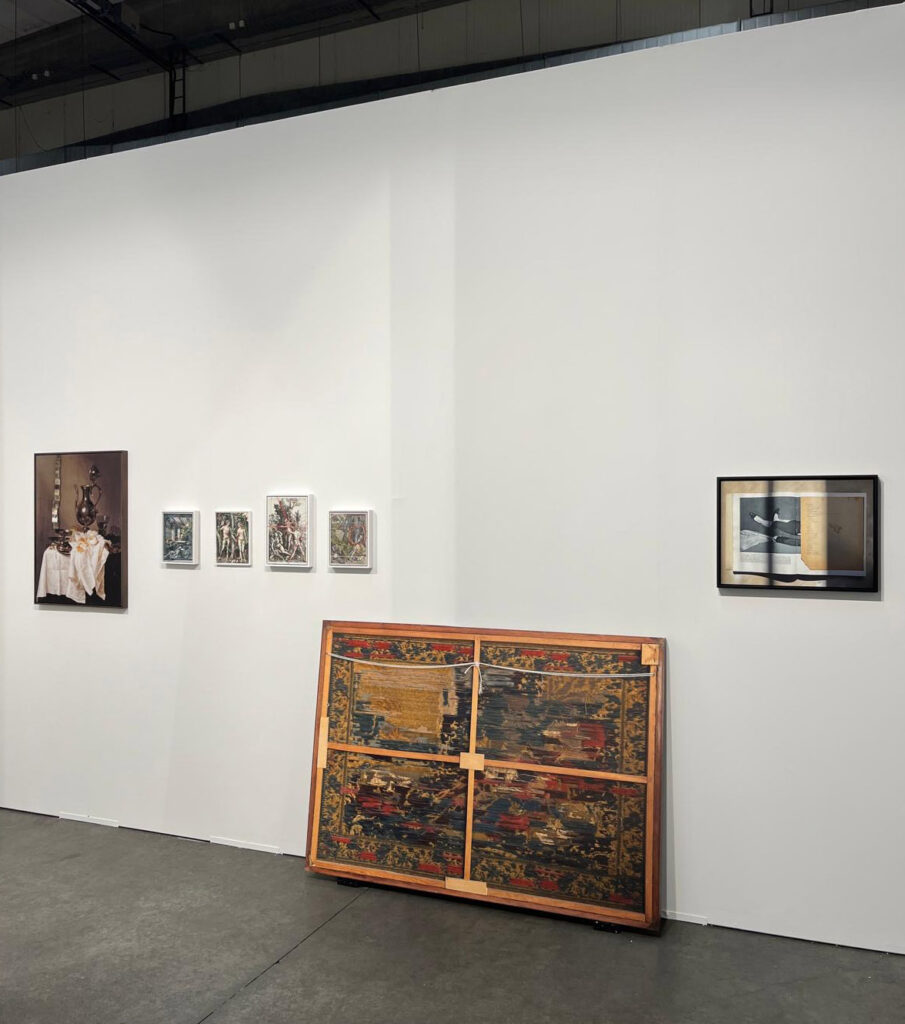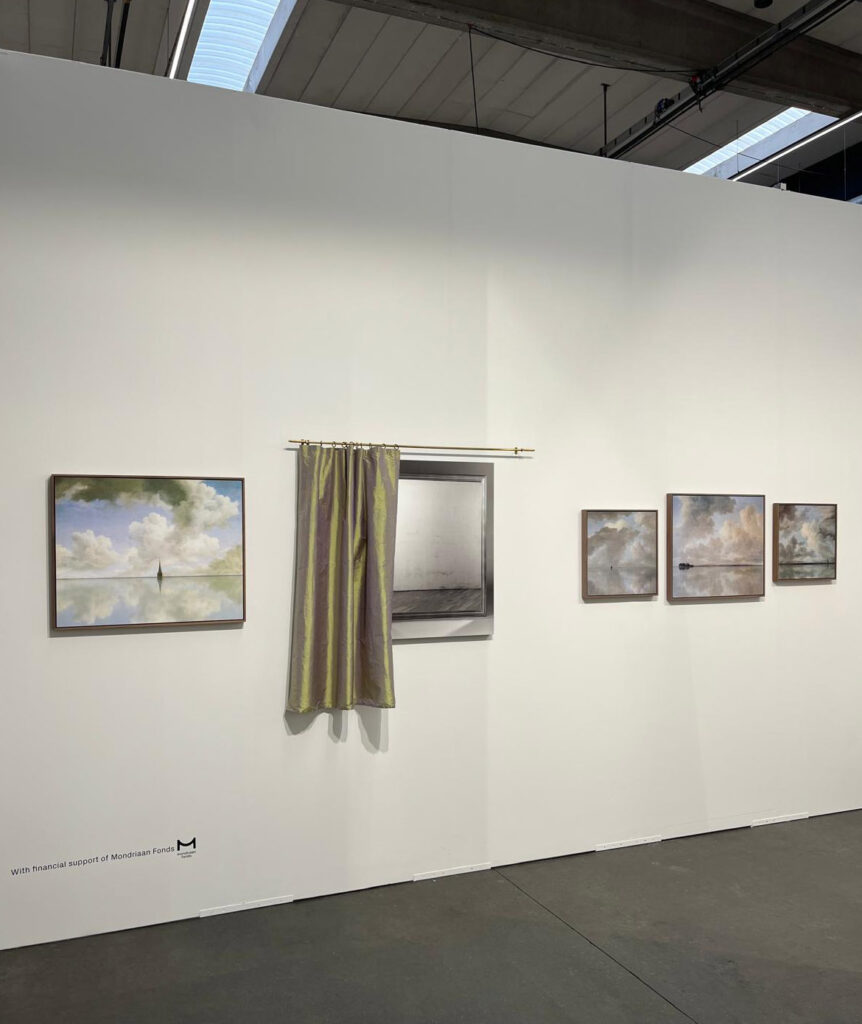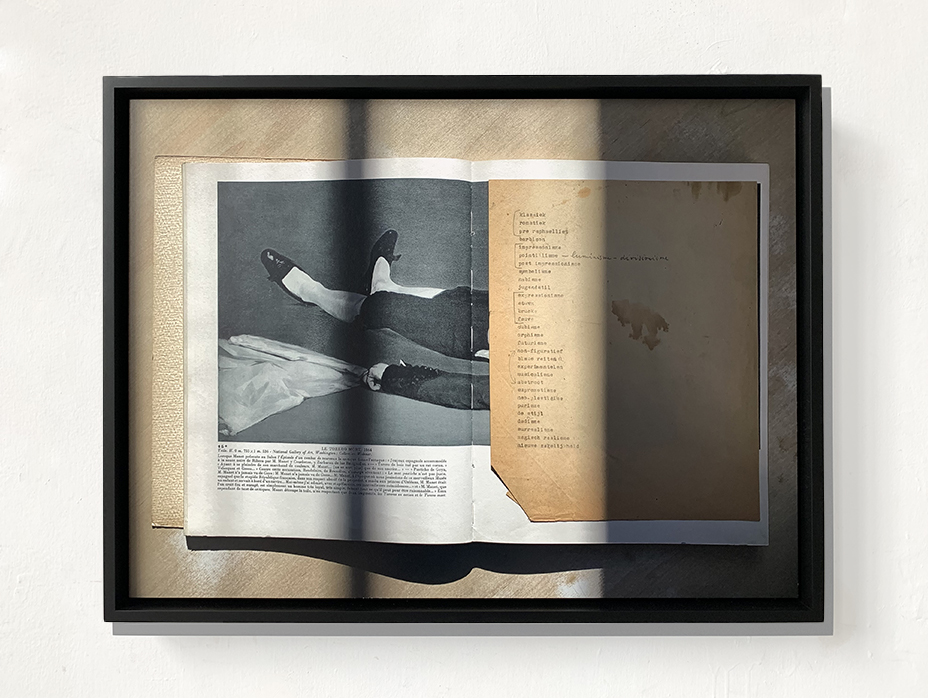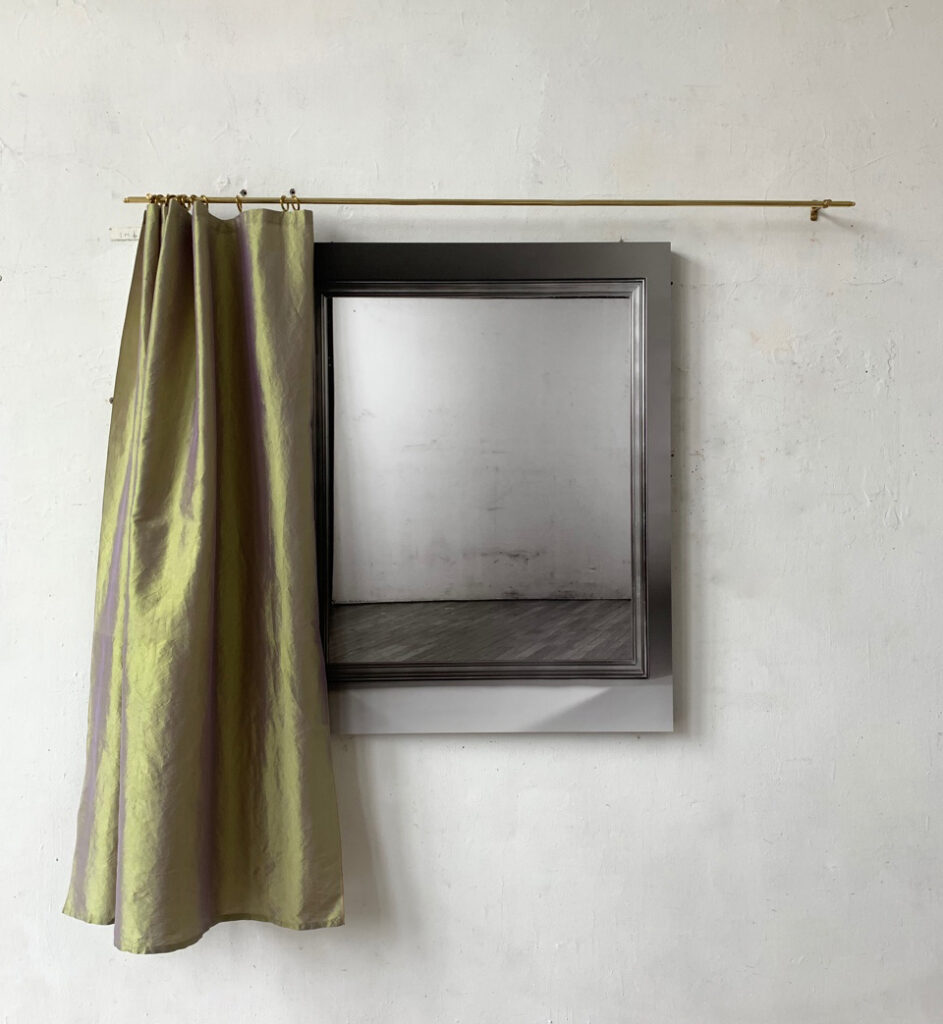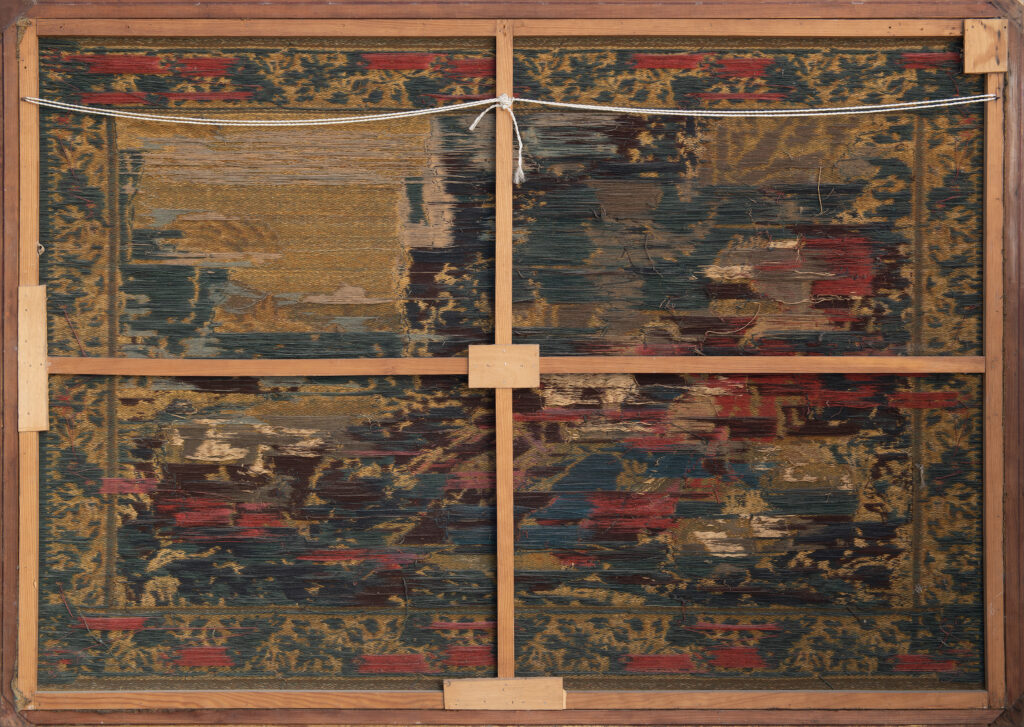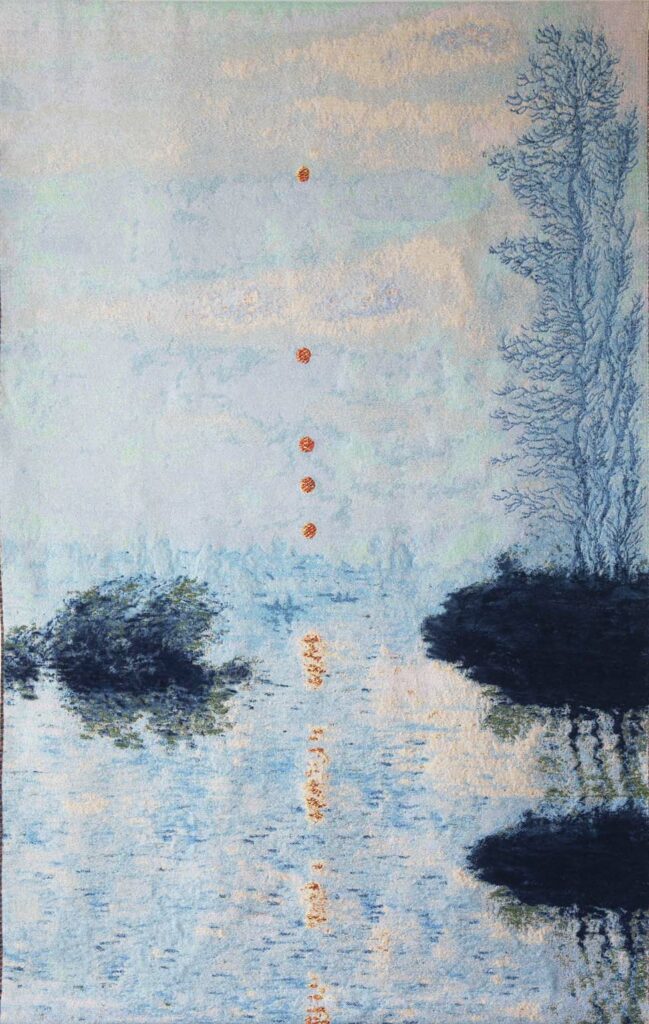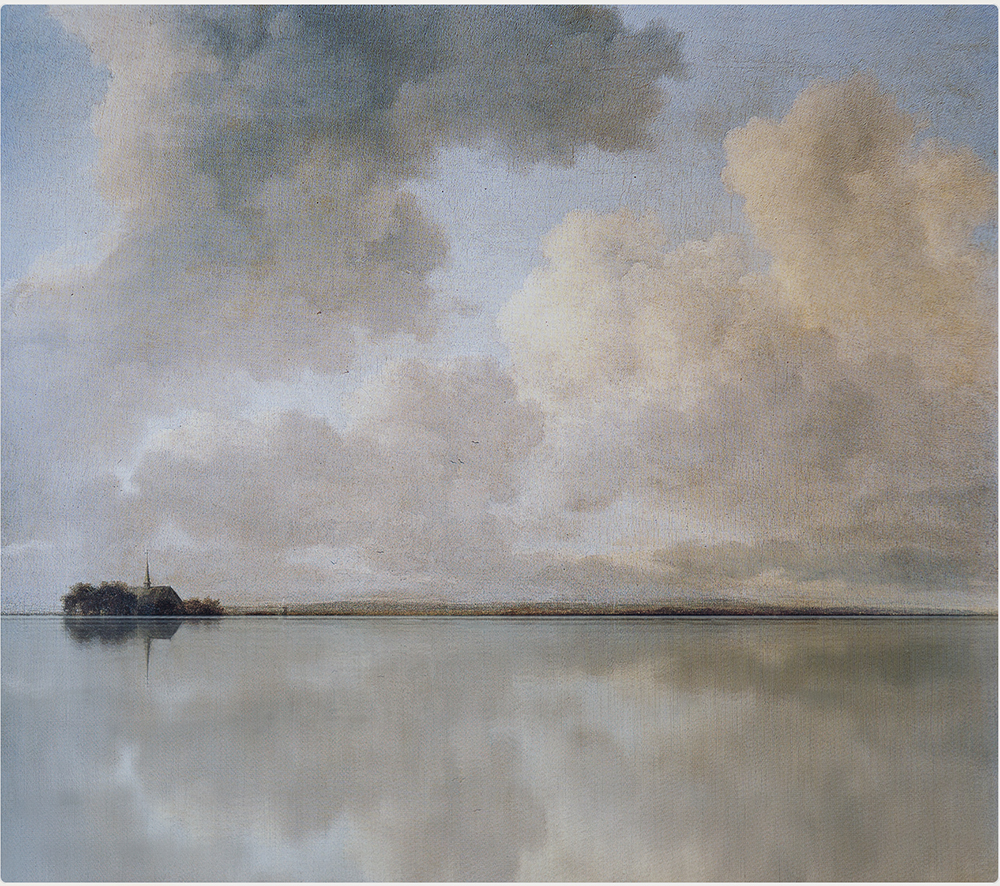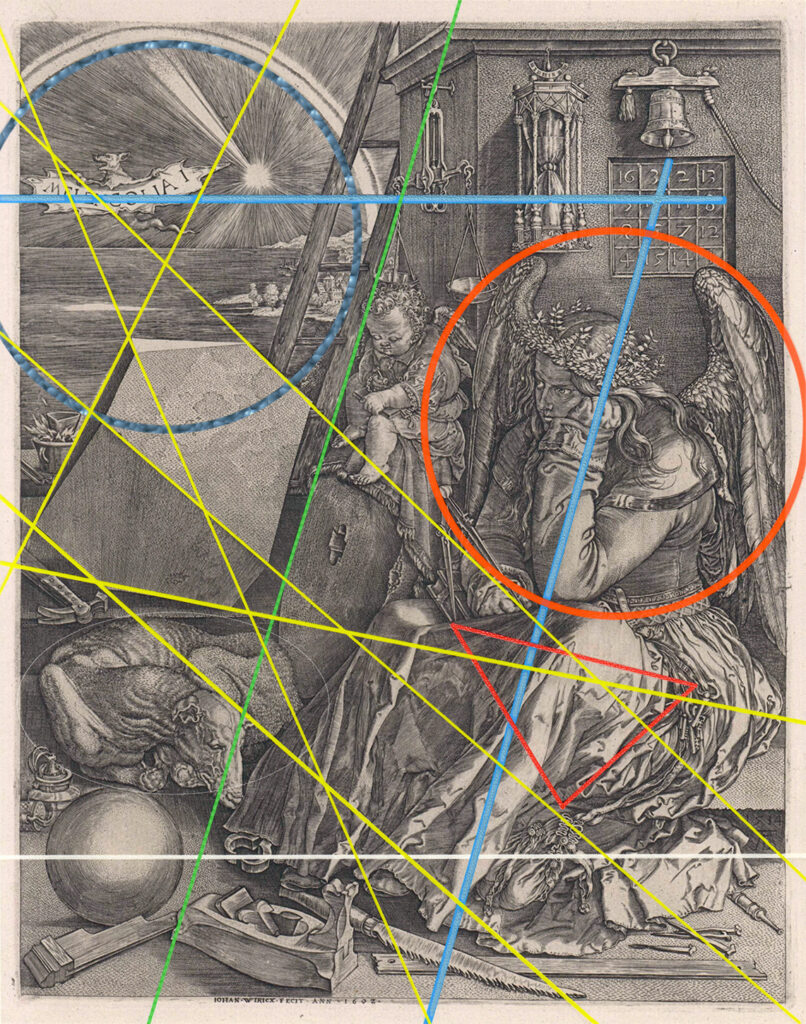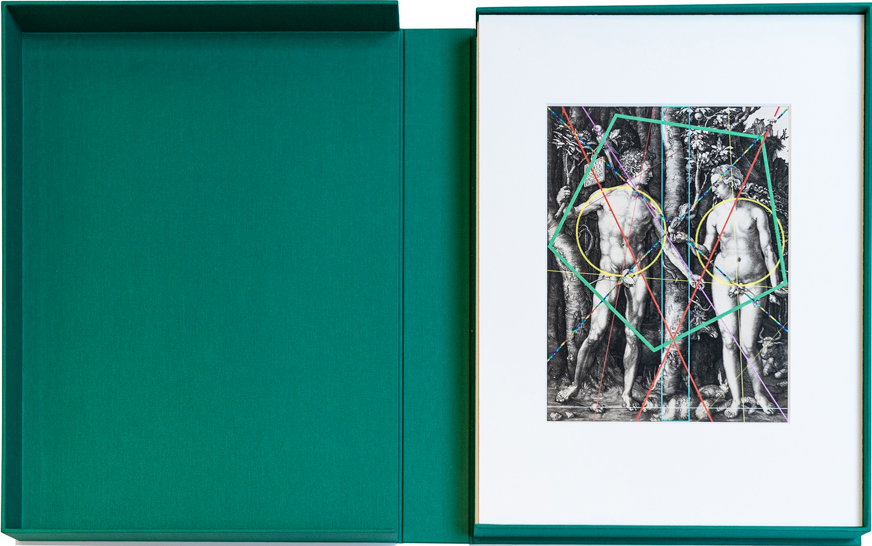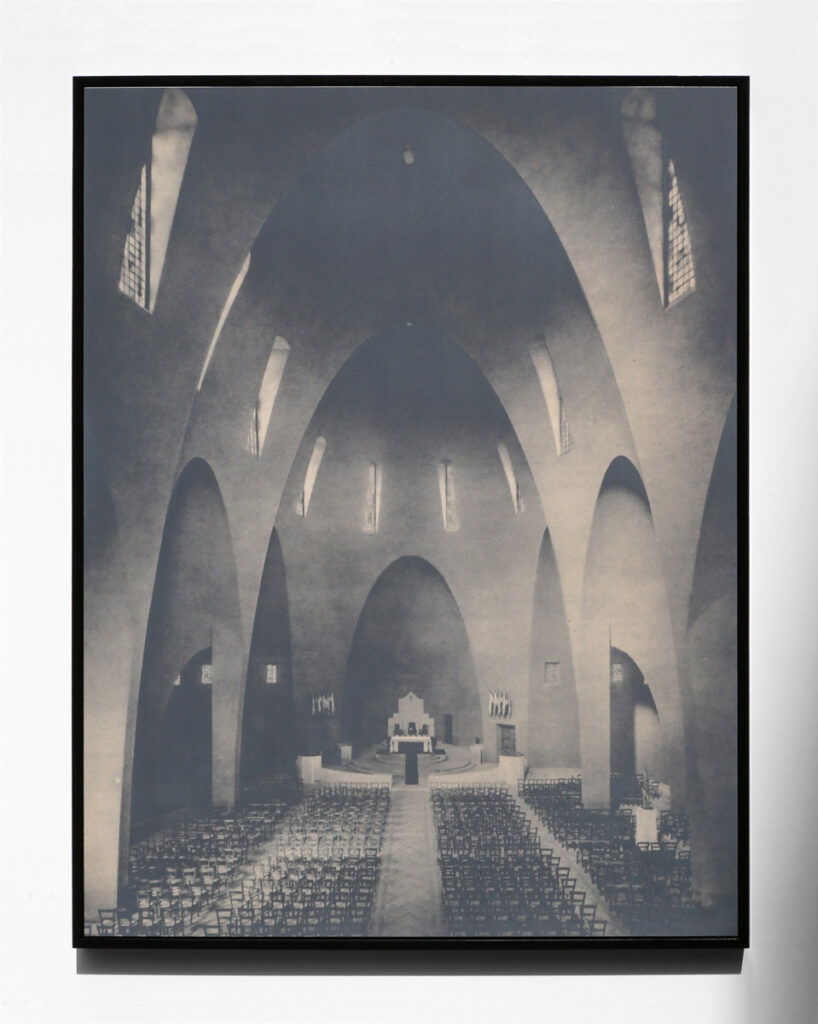La Galerie Binome est heureuse d’annoncer sa première participation à la foire Art Anvers avec un solo show de l’artiste franco-néerlandaise Laurence Aëgerter.
La sélection réserve deux œuvres inédites : Le Torero mort (2024) et Pastorale (2024). Si le premier énonce d’emblée la question de l’histoire de l’art dans l’œuvre d’Aëgerter, la seconde est une démonstration de son art d’en jouer. « Une œuvre peut en cacher une autre » est un avertissement à l’adresse de ses spectateurs, à l’image explicite de ce que voile ou révèle le rideau devant Le miroir aveugle (2023).
Depuis une quinzaine d’année, Laurence Aëgerter développe aussi un important corpus de tapisseries, devenu l’un de ses médiums de prédilection. Soleils couchants sur la Seine à Lavacourt (2020) réalisée pour son exposition au Musée du Petit Palais à Paris est emblématique de cette production textile. Initié à partir des collections de cette même institution, le dialogue entretenu avec la peinture de van Ruisdael est en hommage aux paysages hollandais qui attachent l’artiste à sa terre d’adoption. L’étonnante réappropriation des gravures de Dürer, sérigraphiées d’encres tactiles et fluorescentes afin de leur donner une nouvelle vie, est un autre indice des libertés prises par une artiste qui revendique ne rien vouloir s’interdire.
Stand B37 – Avec la soutien financier du Mondriaan Fonds
The Galerie Binome is pleased to announce its first participation in the Art Antwerp fair with a solo show by French-Dutch artist Laurence Aëgerter.
The selection has two unpublished works: Le Torero mort (2024) and Pastorale (2024). While the former immediately raises the question of art history in Aëgerter’s work, the latter is a demonstration of her artistry in playing with it. ‘One work can hide another’ is a warning to her viewers, explicitly illustrated by what the curtain in front of Le miroir aveugle (2023) veils or reveals.
For the past fifteen years, Laurence Aëgerter has also been developing an extensive tapestry work, which has become one of her preferred mediums. Soleils couchants sur la Seine à Lavacourt (2020), created for her exhibition at the Musée du Petit Palais in Paris, is emblematic of this textile production. Inspired by the collections of this same institution, the dialogue with van Ruisdael’s painting is a tribute to the Dutch landscapes that bind the artist to her adopted homeland. The astonishing reappropriation of Dürer’s engravings, screen-printed with tactile and fluorescent inks to give them new life, is another indication of the liberties taken by an artist who claims to want to impose no restrictions on herself.
Booth B37 – With the financial support of Mondriaan Fonds
As a professional gallery, we adhere to the Gallery Fair Practice Code.
